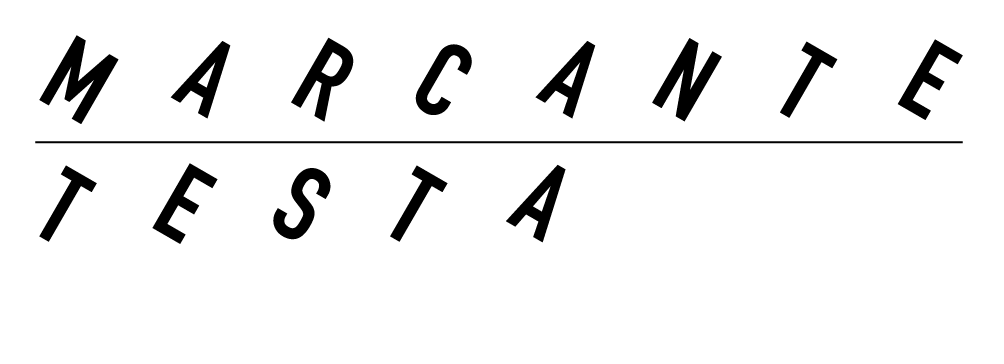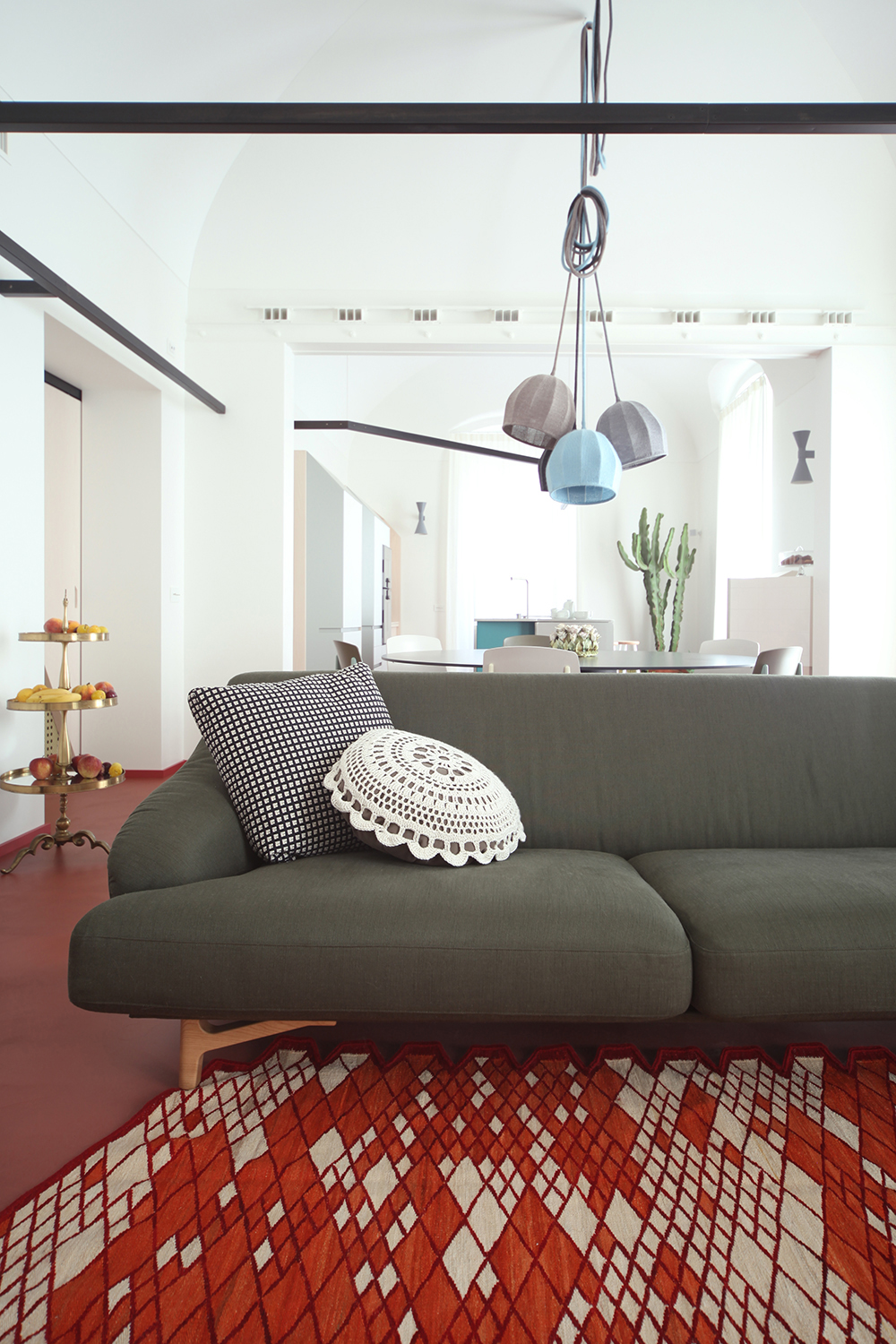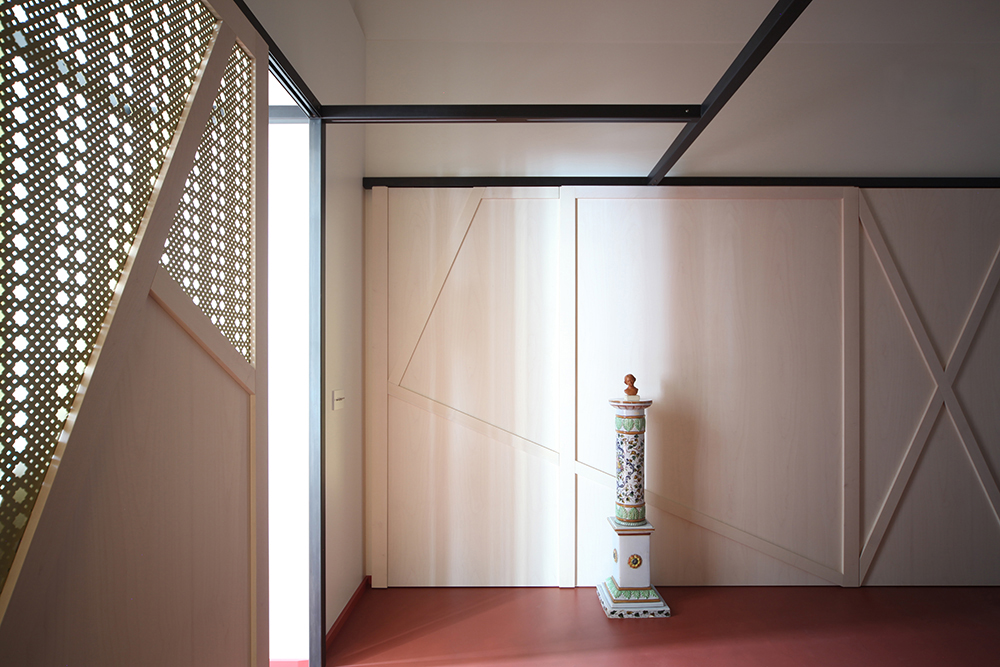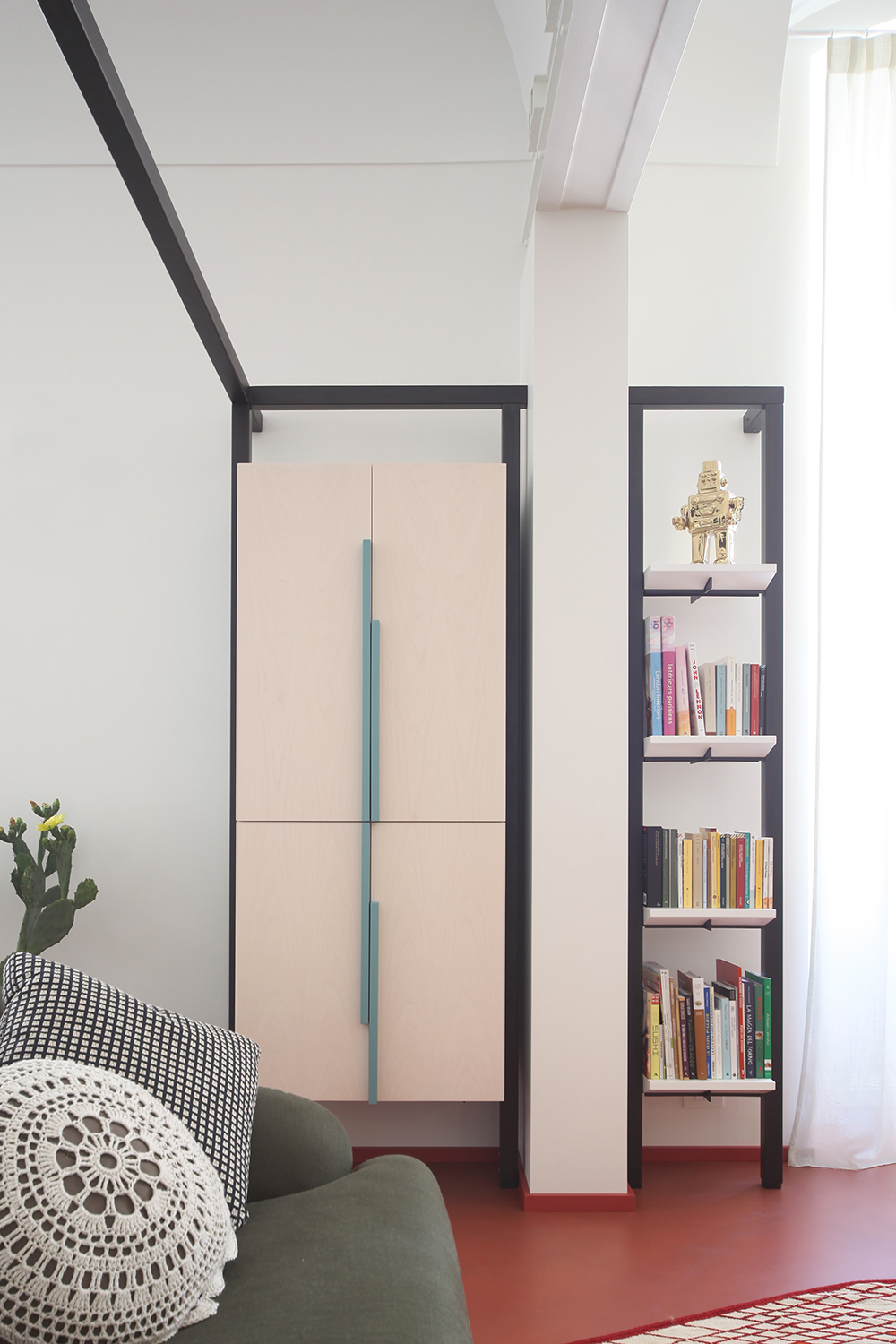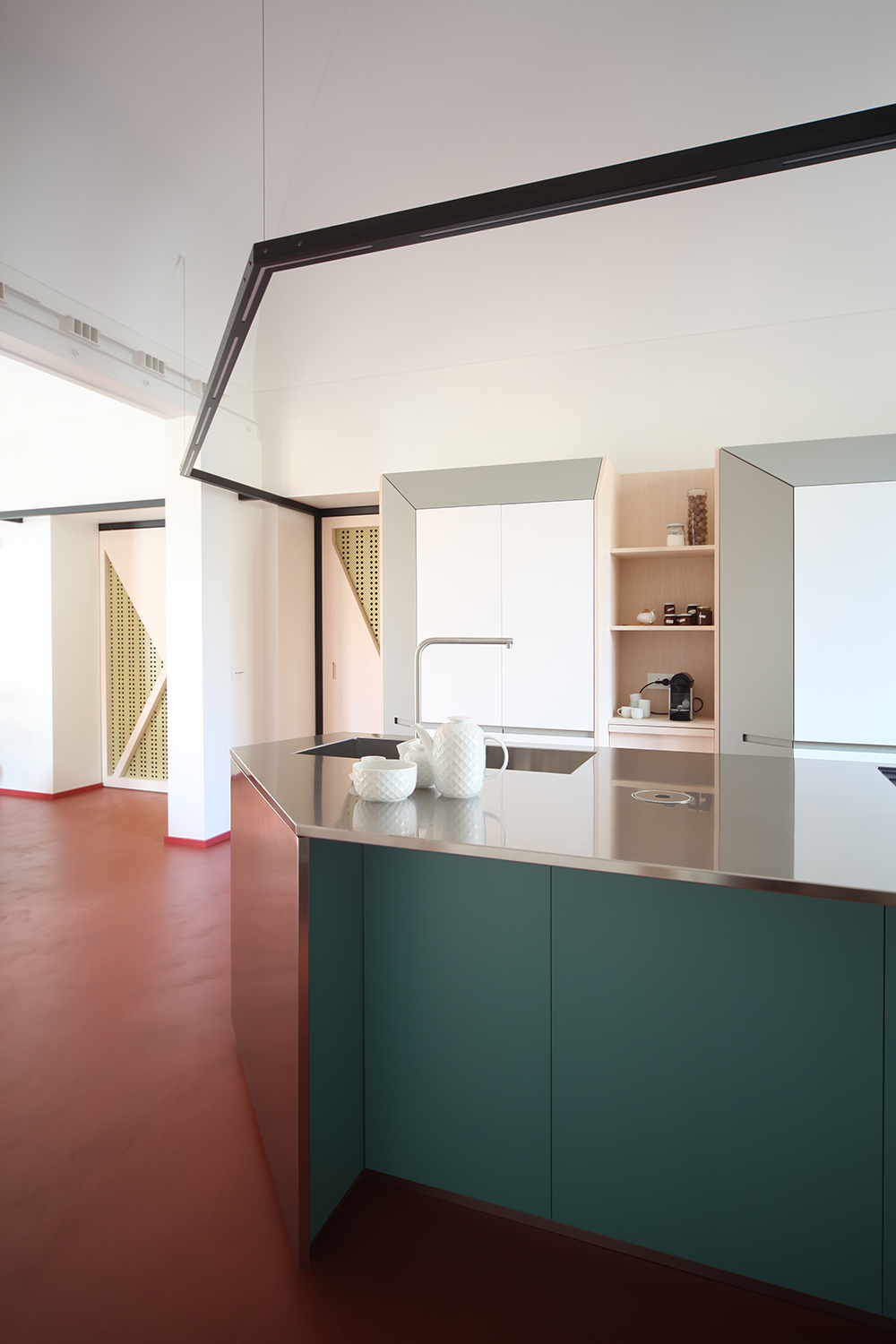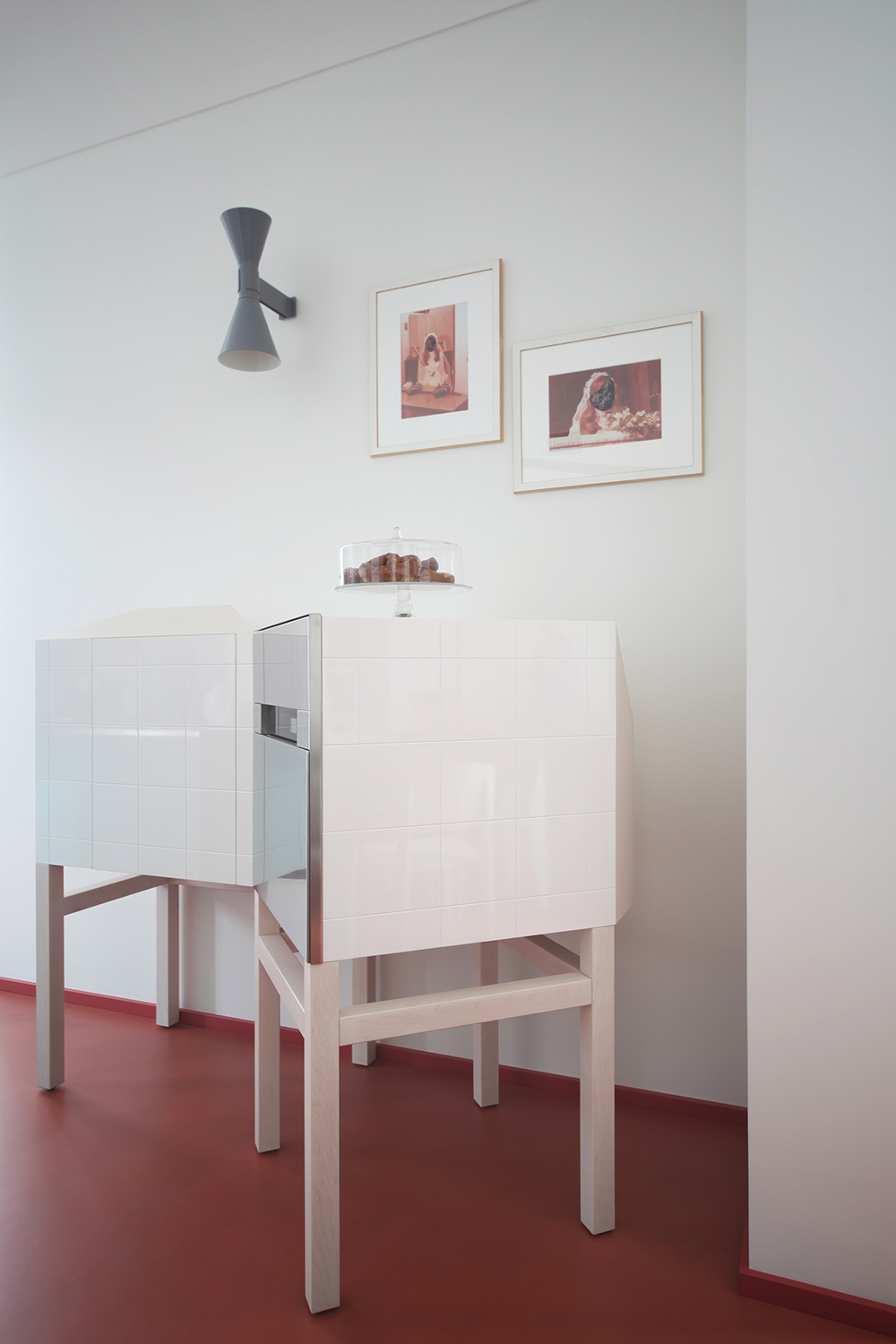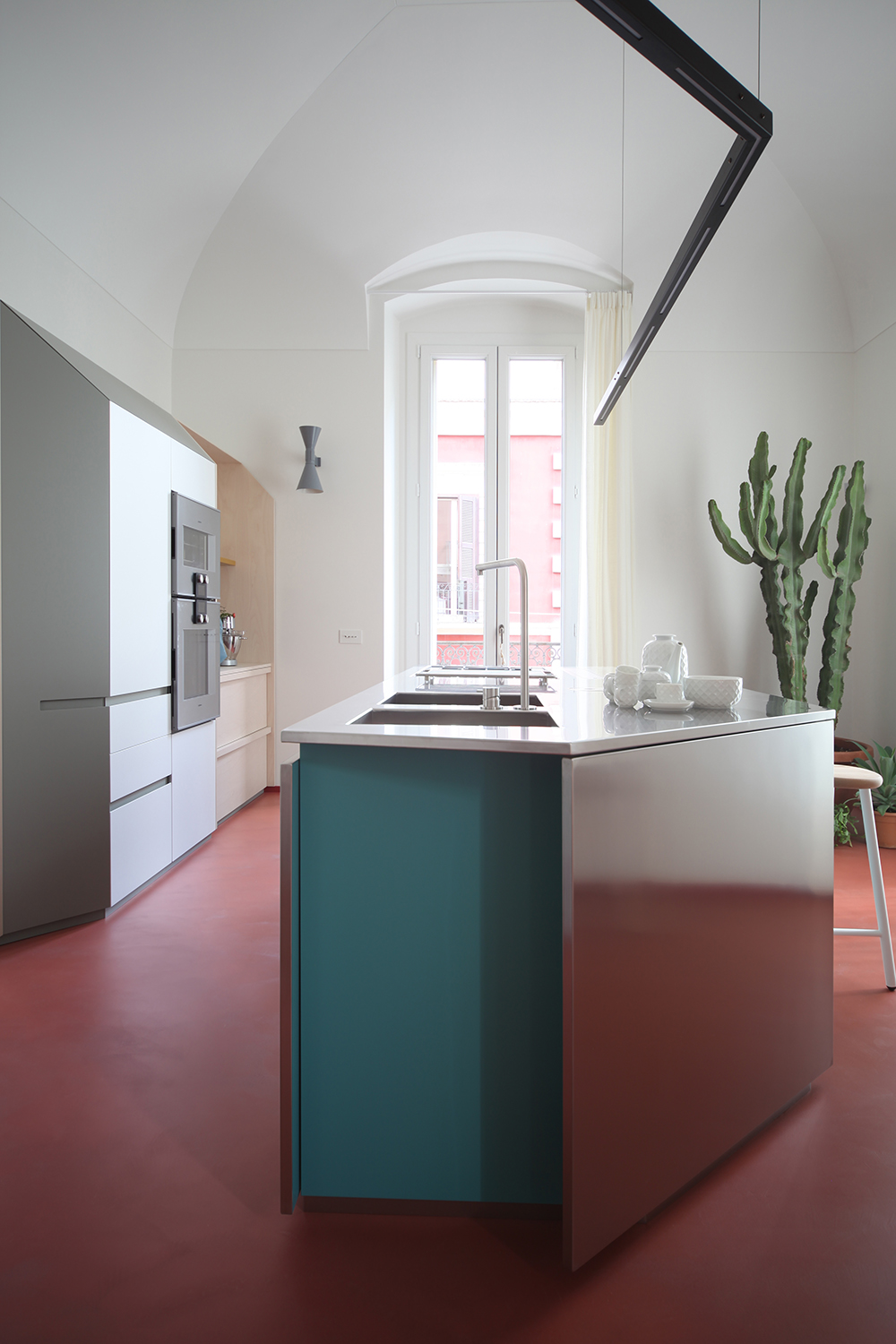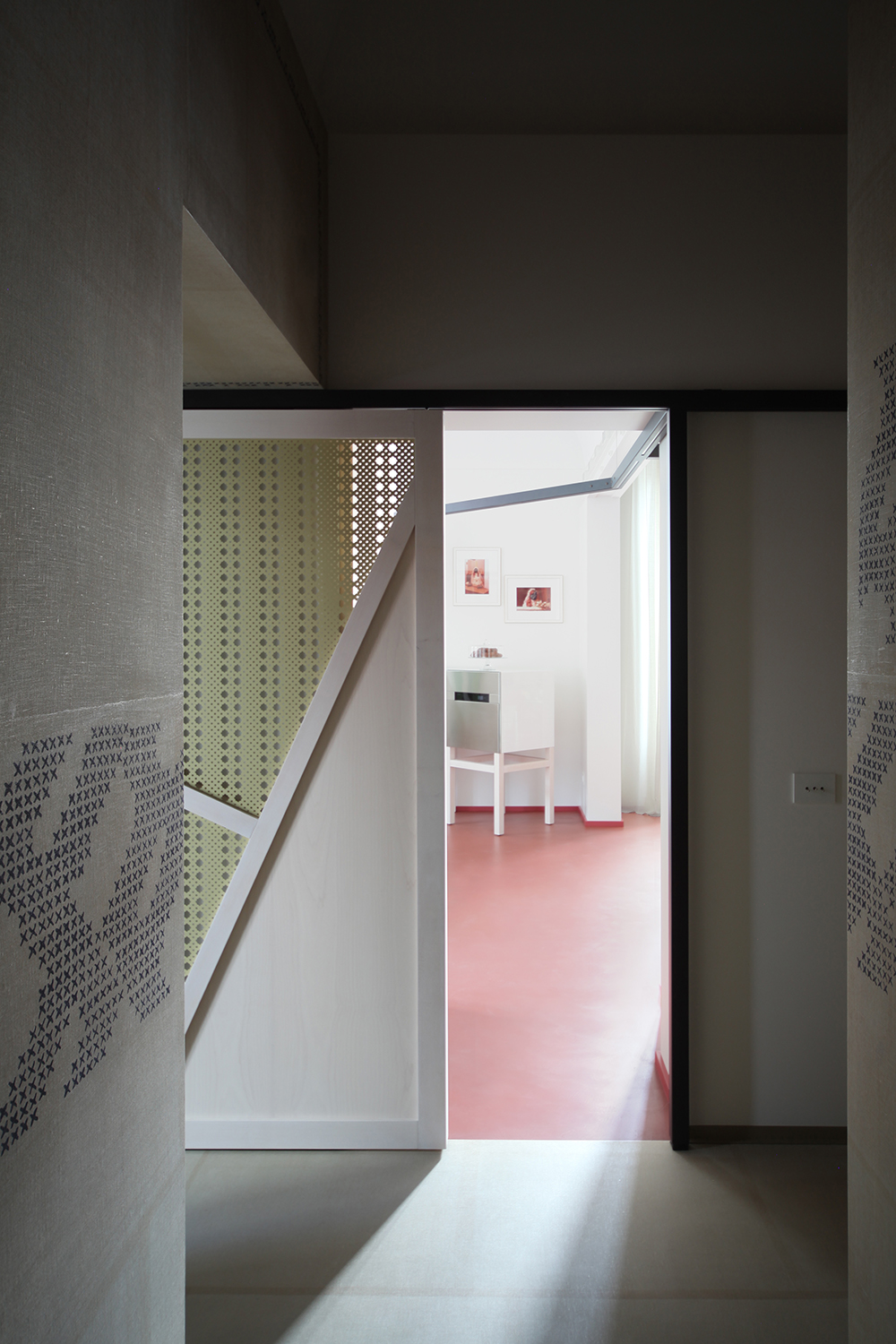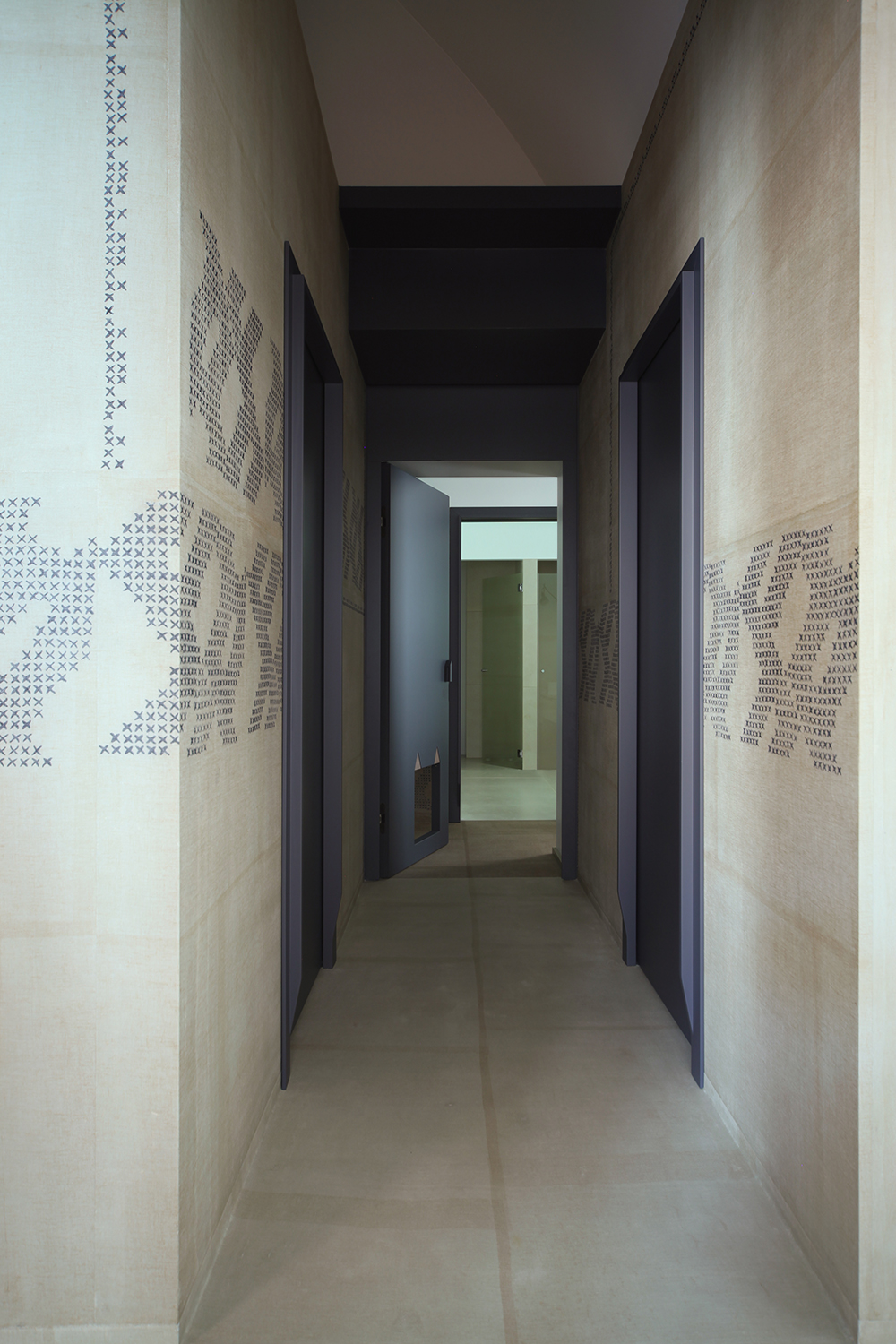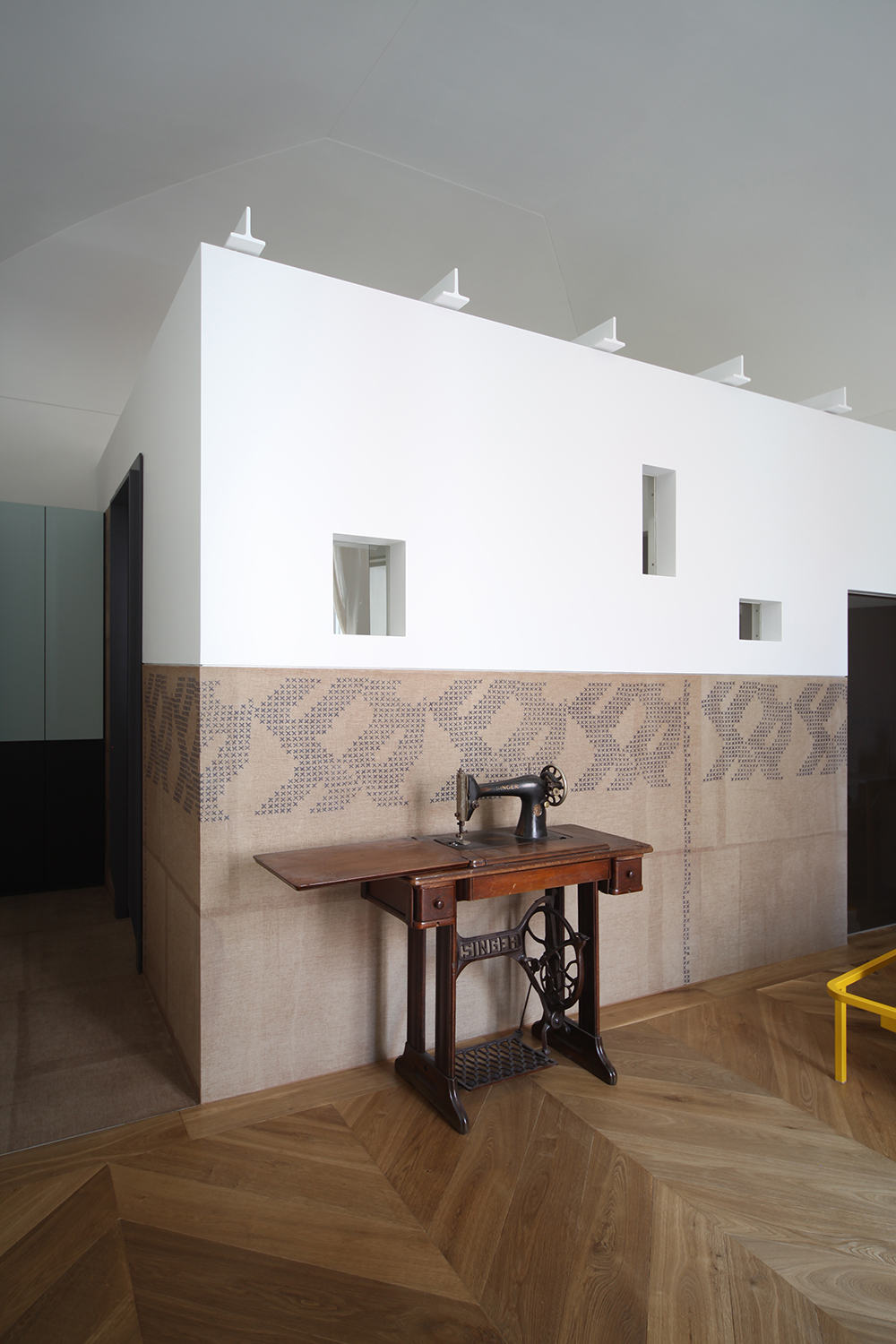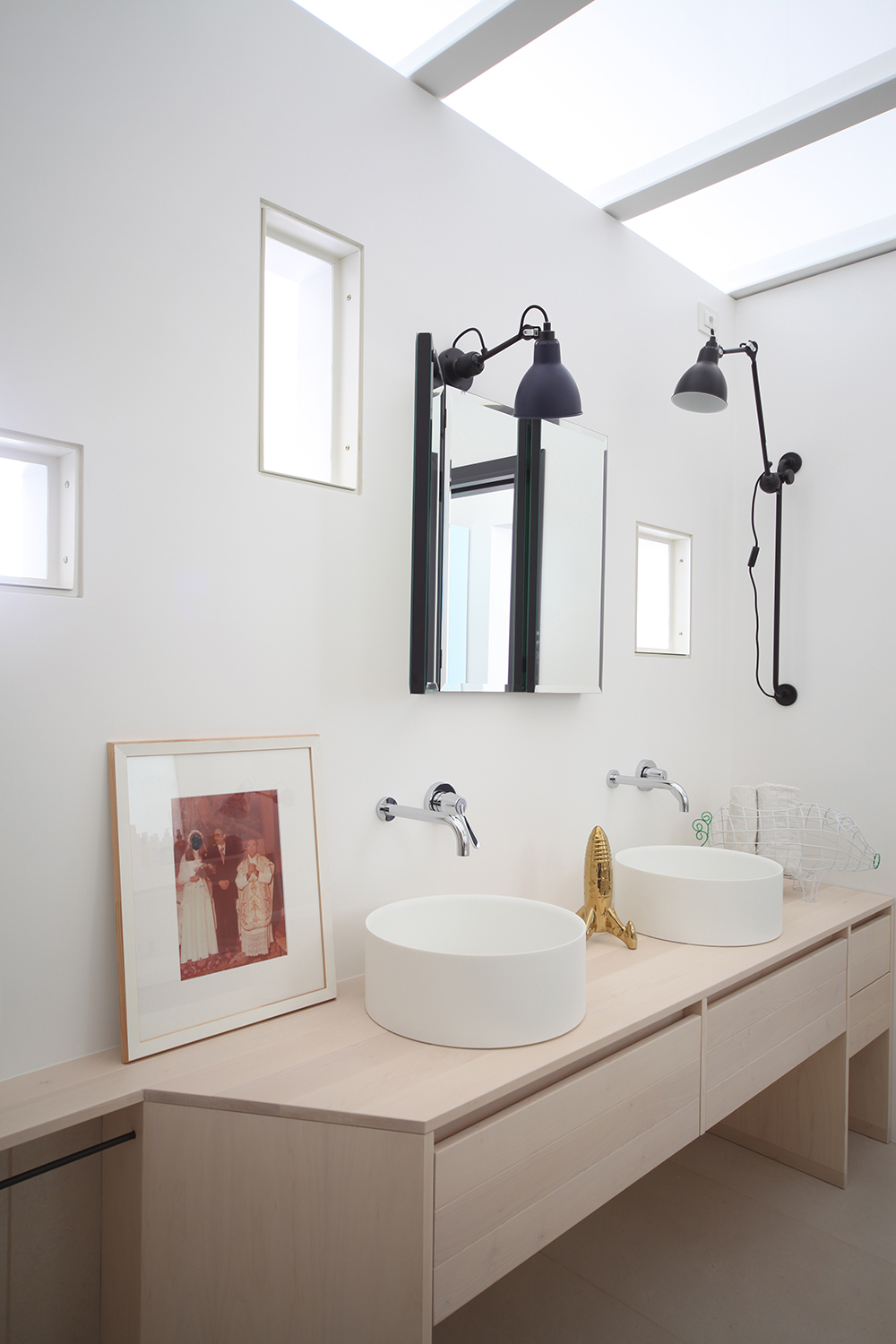GRAND TOUR
200 SQM - 2014
The romantic experience of “Grand Tour” revolved around discovering the distinctive nature of every individual location by studying the traditions and culture of the various countries involved.
This idea of a journey of discovery in Apulia through forms of popular culture, which generally refer to the sensibility, sentiments and iconic traits characterising Italian culture in southern Italy in particular, provides the starting point for the architects’ process of design for restructuring this 200 m² apartment close to the old part of Bari.
In his work entitled “Genius loci”, the famous theoretician of Swedish architecture, Christian Norberg-Schulz, claimed that: “A place is a space with its own distinctive nature”. So designing architecture, (and according to the UdA architects Andrea Marcante and Adelaide Testa this should be also applied to interior architecture), means attempting to identify and visualize the Genius loci: the architect’s task is to incorporate it in the house’s design.
It is no coincidence that we feel a sense of well-being when we occupy spaces evoking times and traditions gone by, because we always look for a symbolic-spiritual type side to living and not just the technical-functional aspect of inhabiting, which takes us back to our ancestral family and the history of the city in which we live.
A process bringing back to light the various layers of our own personal background, which happens to coincide with the spaces in which we have lived, through the use of materials and forms: wood, terracotta and cork, embroidered and patterned linen, crocheting and cross-stitching.
So in the “wonder rooms ” of this project, the structural design of the bathrooms and wardrobe areas look like micro-works of architecture stylistically inspired by traditional local architecture; the customised furniture and doors made of planks of wood nod at aspects of local rural life: experimental textile resin serigraphed with custom-designed cross-stitched patterns, the fabric lamps, and even the furnishing accessories themselves, such as Aura Cesari’s bed cover, the cushions and photographic works embellished with lace designed by the artist Silvia Giambrone, take us back to typical traditional female work, such as knitting and crocheting, still clearly visible in the “open rooms” of old Bari, which, as Calvino said in his Finibusterre, “…multiply endlessly and, thank God, grow again anew and never die”.
As far as the house’s layout is concerned, as counterpoints to the solid walls of the original structure, the designers have introduced an overhead system of burnished iron sections containing lights and slides for the doors, whose distinctive patterns evoke Middle East influences form the past, while – functionally speaking – also providing shade and separating the corridors from the spacious lounge/kitchen that results from the unifying of three rooms visually connected by resin creating a clay-like effect.
The old-fashioned objects found around the apartment interact with custom-designed contemporary furniture and historical artefacts from the 20th century, but, in the end, it is ultimately the Genius as a spirit or, more correctly speaking, tutelary or benevolent guardian of the fate of families and the spaces they inhabit, delighted to find themselves completely at their ease amidst wonders from the past and present.
—–
Technical data:
Suppliers for custom furnishings and materials:
Resin and textile resin: Rezina
Parquet : Domenico Mori
Tiles: Made a Mano
Custom furniture: MATERIADESIGN
Metal works: OM Project
Glass works: Cristalking
FURNITURE
Entrance
Shelving system by Montana, sculptures Arlecchino e Colombina by Aldo Ciolli, ceramic column from Vietri (both from the gallery “Il Tarlo d’Oro”, Bari), metallic structure for lighting system and sliding doors designed by A.Marcante and A.Testa (UdA Architects), produced by Om Project (Torino)
Living room
Sofa Candy by Arflex, armchairs 400 by Alvar Aalto for Artek, carpet Losanges III by Nanimarquina, lamp Potence by Vitra, rocking chair and bell jars with papier-mache simulacra from Lecce (Il Tarlo d’Oro gallery, Bari), triptych “Eroina” by Silvia Giambrone (Doppelgaenger gallery, Bari), Brionvega TV set and brass valet stand by Eclettico Design gallery (Bari), bookshelves and cabinet designed by Marcante-Testa, produced by MATERIADESIGN and Om Project (Torino)
Dining area
Container table by Moooi, Standard SP chairs by Jean Prouvè for Vitra, “Ray” lamps by Llot Llov, ceramic centerpiece from Capodimonte (Il Tarlo d’Oro, Bari)
Kitchen
Stainless steel washing /cooking area, maple wood and lacquered storage units, all designed by Marcante-Testa and produced by MATERIADESIGN, Milk stools by Miniforms, metal lighting system by Om Project, “Applique de Marseille” lamps by Le Corbusier for Nemo-Cassina, plants from Vivaio Lama dell’Angelo, Noicattaro (BA); “Il Pizzo” wall artwork by Silvia Giambrone (Doppelgaenger gallery, Bari)
Master bedroom
Bed designed by Marcante-Testa, bedcover by Aura Cesari with pillows by Minotti – Bari, marble lamp by Eclettico Design gallery (Bari), One Forty Three wall lamp, Singer sewing machine and little handcart by Il Tarlo d’Oro, Bari.
Bathrooms
All the furniture designed by Marcante – Testa (UdA architects) , lamps by Lampe Gras and Finnsdottir, sanitary ware by Agape, Antonio Lupi and Galassia, taps by Agape, mirrors by Hay e Ferm Living.
—–
Project by: Andrea Marcante, Adelaide Testa
Collaborators: Giada Mazzero, Hyemin Ro
Photographer: Carola Ripamonti
